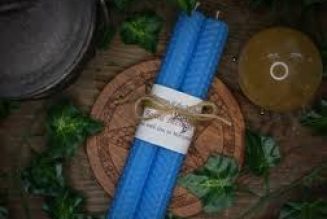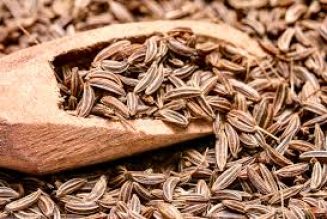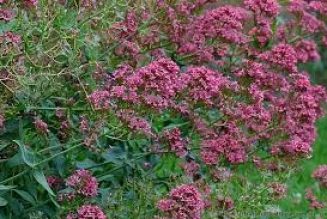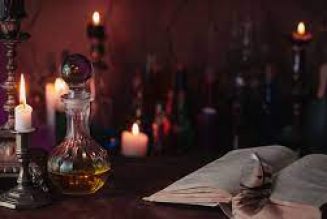The Time of The Spring Equinox is From sunset on or about 20th March for three days
Its Focus is The triumph of light over darkness, resurrection, new beginnings and opportunities; spring cleaning and casting out what is no longer of worth; fertility and conception, the winds of change.
At the spring equinox, the Sun rises precisely in the East and sets precisely in the West, giving exactly twelve hours of daylight and so heralds the longer days and shorter nights.
As is so often the case, myth and folklore are intertwined in the sources of their festivals that share the same dates.
In the old Celtic tradition, Lugh, the god of light overcame his twin, the god of darkness, and at Easter, the Christian spring festival most closely associated with the spring equinox, the resurrection of Christ is associated with the restoration of light to the world.
The first eggs of spring were painted and offered on the shrine of Eostre, the Anglo-Saxon goddess of the spring.
Her Norse counterpart was Ostara, the maiden aspect of Frigg, the Mother Goddess, to whom the hare was sacred (this is the origin of the Easter rabbit).
At the spring equinox, bonfires were lit and the corn dolly of the previous harvest (or in Christian times a Judas figure) was burned on the
Easter fires.
The ashes were scattered on the field for fertility.
Wake at dawn on Equinox morn or Easter Sunday and, it is said, you can see the Sun or in the Christian tradition, angels, dancing in a stream or river.
The Green Man is another central figure that features in rituals at this time in southern and eastern Europe and especially among Romany
communities.
The Green Man, or Green George, as he is sometimes known, was the spirit of plants, trees and vegetables, fruit and vegetation, the male spring deity, consort of the Earth Mother and an early forerunner of both Robin Hood and St George.
The Mother Goddess in her maiden aspect mated with the ascended Sun God or, in popular folk tradition the Green Man, so that the conceived infant would be reborn as the new Sun at the next winter solstice, thus ensuring the Wheel of the Year continued to turn.
In the Christian church, 25 March is the Feast of the Annunciation of the Blessed Virgin Mary when Gabriel told her she was with child.
The energies of this festival are good for cleansing the seas and air of pollution, for new peace-making initiatives of all kinds, for beginning reforestation and regeneration projects, the reclamation of wildlife habitats and work to restore the indigenous trees and wildlife to an area.
They will also support major attitude changes towards international, national and local issues.
On a personal level, this is the time for clearing emotional and spiritual clutter and wiping the slate clean; for life changes, new beginnings, sowing the seeds for new projects that will bear fruit in the future, for herb gardening, for all matters of fertility and for putting new ideas into practice.
Matters concerning children and young people and new flowering love are especially favoured.
Associations
Candle colours: Yellow and green for the clear light from the East and the budding vegetation.
Symbols: Eggs, any spring flowers or leaves in bud, a pot of sprouting seeds, pottery or china rabbits, feathers.
Crystals: Aquamarine, jade, tourmaline, fluorite.
Flowers, herbs, oils and incenses: Celandine, cinquefoil, crocus, daffodil, honeysuckle, primroses, sage, tansy, thyme and violets












































